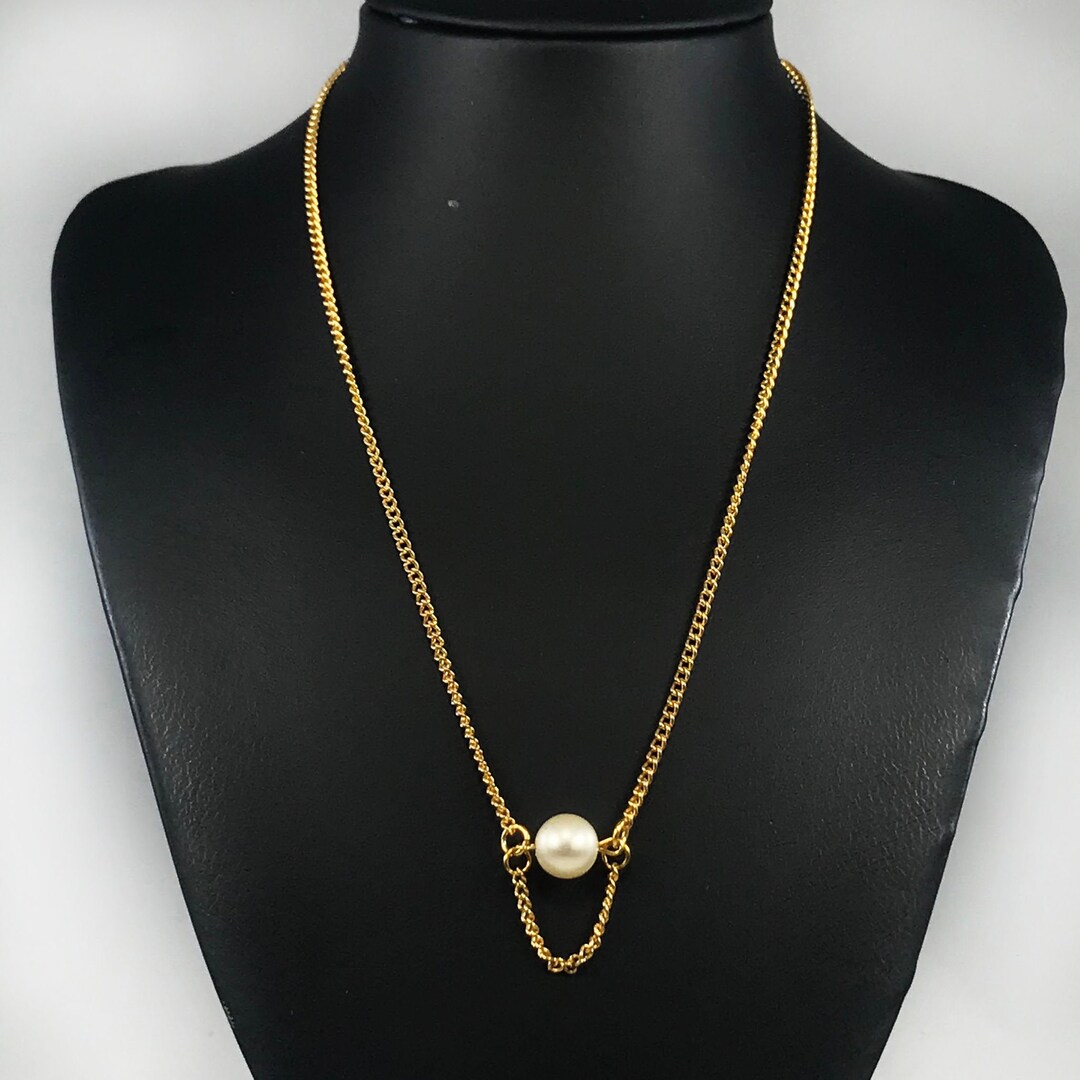In the vast ocean of jewelry options, one gem has held a special place in the hearts of fashion enthusiasts, royalty, and artists for centuries – pearls. These exquisite orbs, born from the depths of the sea, possess a unique allure that transcends time and trends. Their timeless elegance and ethereal beauty have made pearl jewelry an essential part of every jewelry collection. In this blog, we’ll explore the fascinating world of pearl jewelry, from their creation to their cultural significance and modern styling.
The Birth of Pearls
Pearls are the result of a natural wonder that occurs within the confines of the ocean. Unlike gemstones that require mining from the earth’s crust, pearls are created by living organisms – oysters and mollusks. When a foreign object, like a grain of sand or a parasite, finds its way into the delicate interior of these marine creatures, they secrete layers of nacre, a lustrous substance, to protect themselves. Over time, these layers accumulate and form a pearl. The longer the process takes, the more exquisite the pearl becomes, as layer upon layer of nacre lends it its characteristic luster.
Types of Pearls
Pearls come in a variety of types, each with its own distinct characteristics and origins. Some of the most sought-after types include:
- Akoya Pearls: Known for their perfect round shape and brilliant luster, Akoya pearls are typically found in Japan and are a popular choice for classic pearl jewelry.
- Freshwater Pearls: Cultivated in freshwater mussels, these pearls come in various shapes and sizes. Their wide range of colors, from soft pastels to deep hues, makes them versatile for both traditional and contemporary designs.
- Tahitian Pearls: Cultivated in the warm waters of the South Pacific, these pearls are prized for their exotic dark colors, which can range from black and grey to green and peacock blue.
- South Sea Pearls: Cultivated in the waters of Australia, Indonesia, and the Philippines, South Sea pearls are known for their large size, smooth surface, and satiny luster. They come in shades of white, silver, and gold.
Cultural Significance
Throughout history, pearls have been associated with wealth, power, and purity. In ancient Rome, they were a symbol of social standing and were often used to adorn the rich and influential. In Asian cultures, pearls were believed to have magical properties and were thought to bring good luck and protection. They also hold a special place in bridal traditions, symbolizing purity and new beginnings.
Modern Styling
While pearls have deep-rooted historical significance, they have seamlessly transitioned into modern fashion. Today, pearl jewelry is not limited to the traditional strand necklace. Designers are continuously reinventing pearl jewelry, incorporating them into statement rings, earrings, bracelets, and even innovative body jewelry.
Tips for Wearing Pearl Jewelry
- Mixing Traditions with Trends: Don’t hesitate to mix classic pearl pieces with modern outfits. A simple pearl necklace can add sophistication to a contemporary dress.
- Layering: Experiment with layering different lengths of pearl necklaces for a chic and personalized look.
- Casual Elegance: Dress up casual attire with a pair of pearl stud earrings or a delicate pearl bracelet.
- Contrast with Metals: Pearls beautifully complement various metals, such as gold and silver. Mixing pearls with metals adds visual interest and depth to your jewelry ensemble.
Caring for Pearl Jewelry
Pearls are delicate gems that require gentle care. Avoid exposing them to harsh chemicals, direct sunlight, and extreme temperatures. Clean them with a soft, damp cloth and store them separately to prevent scratching.
